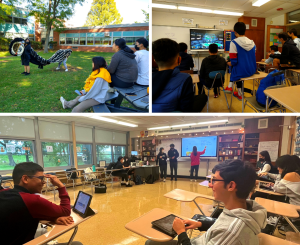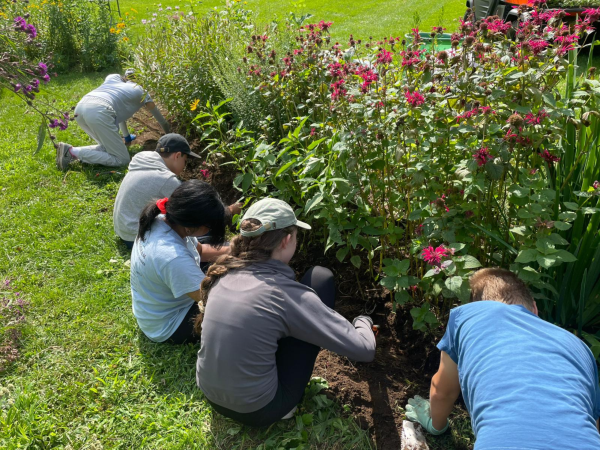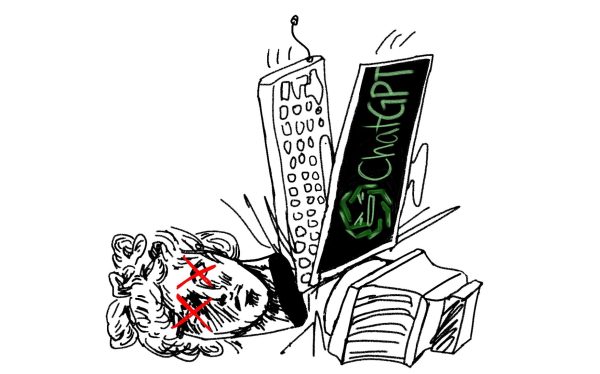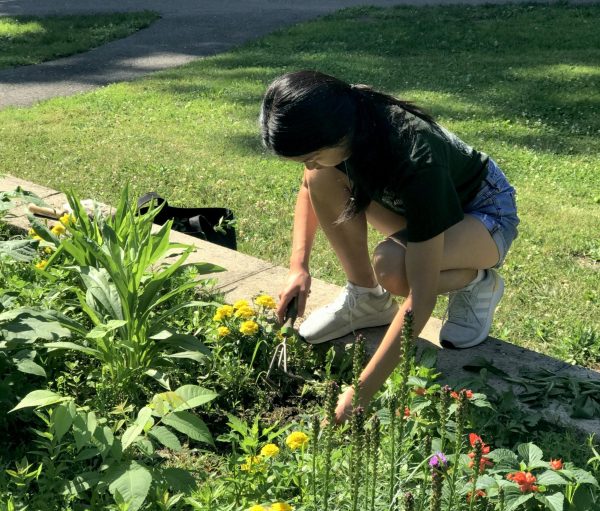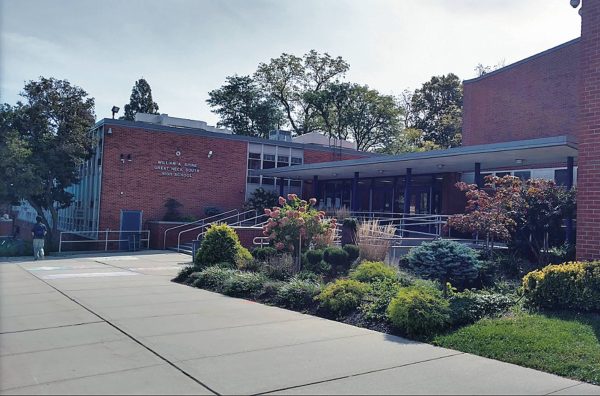Turn the Tables on Teachers: The Value of Students’ Evaluations
June 6, 2023
Your notifications chirp loudly. New grade from so-and-so, it reads. You’re disappointed by the number, but at least it aligns with the class average. You’re quick to text your friend. If the entire class received a low grade again, then surely something must be wrong. Your friend agrees and encourages you to say something to the teacher, but you decline immediately. They then suggest telling the department head, but you decline again. It’s not worth it, you say. It won’t change anything anyway. Your friend sends a shrugging emoji, and you both move on.
This scenario is one that South High students regularly experience. As students walk through the hallway, they express confusion and frustration about teaching styles and grading methods, their emotions underscored by the frustration of being powerless to make a difference. According to a survey conducted by the Quaglia Institute for School Voice and Aspirations, 55 percent of adolescents believe they are not treated as valued members of their school communities.
“Sometimes teachers don’t necessarily realize how much a student appreciates being respected enough to be invited to participate in the process,” said Ms. Hastings, an English teacher who began using a student feedback system during hybrid learning. “Unless we ask, we don’t know what students are thinking or feeling.”
When given the opportunity to offer their perspective, students gain a personal stake in their education. They are more likely not only to be engaged and responsive, but also to develop the critical thinking and collaboration skills needed for the future. Students are then able to problem-solve in a mutually supportive environment where they can help identify the strengths and weaknesses of a teacher who does the same for them.
Junior May Lin said, “I see student-teacher relationships as something that’s give-and-take.” To her, it’s important that teachers “are concerned with the fairness between them and their students.”
The power dynamic that exists between these two groups can make it difficult for students to approach teachers when they have concerns. However, creating a space for students to voice their thoughts creates a real-world situation that requires them to be constructive in order to make progress.
Ms. Hastings recounts the experience of introducing Socratic Seminars to her AP course. “I was very transparent that I didn’t know if [the structure] was going to be good. So after we had our first seminar, I asked [the class] for feedback. We reviewed their suggestions as a class and changed the seminar structure to better meet their needs. Then we evaluated that [new system]. It was very exciting to be in the room talking together about what was working and what was not.”
Other than having an active conversation, another valid approach is to conduct student evaluations through an electronic form that is distributed at the end of each year. The forms could be anonymous, which would better dissolve the teacher-student power dynamic and allow wider participation. For the sake of convenience, the questions could be multiple choice or likert scale format.
Still, there is value in providing short-response questions. Sophomore Cherise Chan suggested a section for personalized comments “because everyone has their own point of view.” While open-ended questions may raise concerns about unfair criticism or foul language, Ms. Hastings said, “I haven’t had any issues with students being disrespectful. I always remind them that while I’m not going to know who said what, there’s still a need to be school appropriate. Part of me likes the idea of likert-type questions because it’s quicker for the students to answer and me to process, but I think numerical results only reinforce what I already know instead of giving me the nuances that would actually help me change what I need to.”
Ms. Hastings continued, “Teachers might be worried that [the responses] could be critical, but chances are that [negative feedback] is going to happen less than hearing about something you did or said that had a positive impact.”
To simplify the process for those who feel overwhelmed at the end of the year, teachers could use or modify pre-existing templates, such as the one in the Google Forms templates section. Another possibility is for a student association, such as Student Advocates or Student Government, to create a standard evaluation form that teachers could use or modify. This way, creating the forms is not an extra burden on teachers during an already taxing time of the year.
Student evaluations are a small but effective addition to classrooms that can strengthen teacher-student relationships as well as improve both parties’ personal and professional lives. Like Ms. Hastings said, “If you’re someone who shows that you value a student’s opinions, they’re going to be honest and helpful when giving feedback.”
Cherise further added, “I’d be touched to know that [teachers are] willing to take criticism and understand that they can improve even though they might have a lot of years in the field.”





